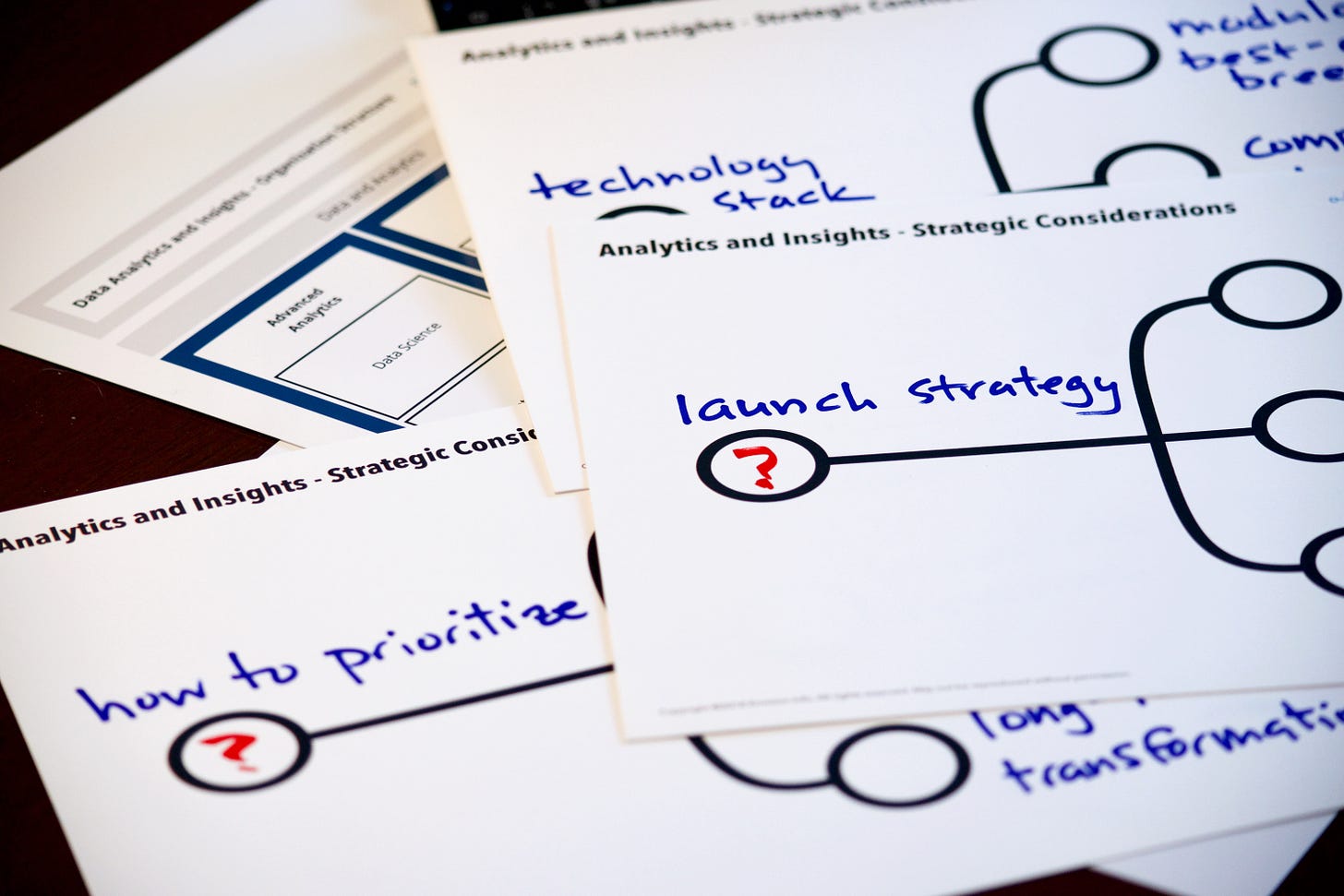Questions that keep me up at night: Confessions of an analytics leader
Leaders charged with generating insight and innovation using analytics have many challenges to confront. Here are some of the ones that I’ve had to puzzle through.
As both a consultant and corporate leader, my role for the past decade has been to figure out how to transform data into insights that generate revenue and competitive advantage. Here are two things I’ve learned: it can be a scary proposition, and when I first started, there was no roadmap on how to do the job. I suspect that for many newly minted and a…
Keep reading with a 7-day free trial
Subscribe to Do Good by Doing Better to keep reading this post and get 7 days of free access to the full post archives.



